izo
Bluelighter
- Joined
- Mar 22, 2006
- Messages
- 4,165
next plant profile, nothing really unknown and only thing i knew was that it contains ephedrine:
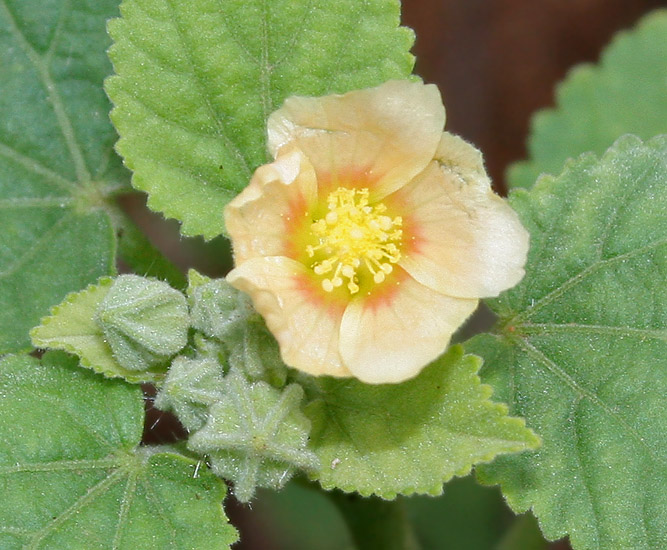
 en.wikipedia.org
en.wikipedia.org
the following molecules have been found in different parts of the plant:
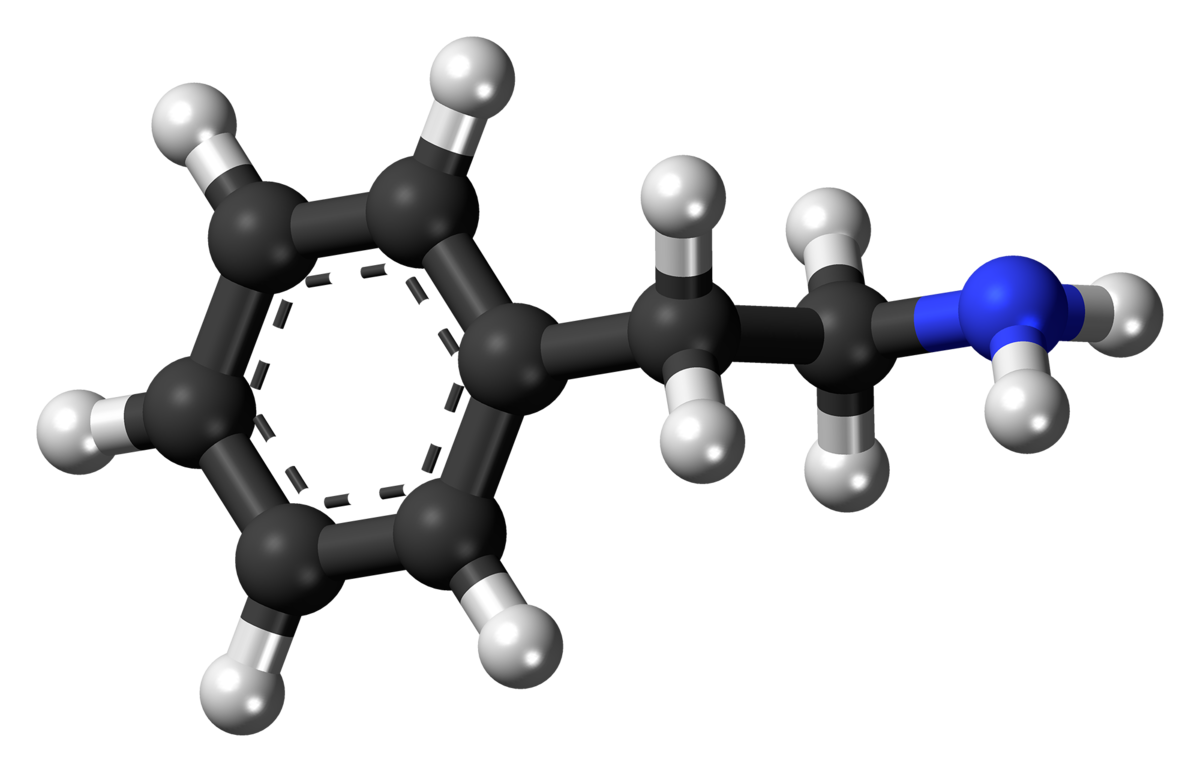
 en.wikipedia.org
en.wikipedia.org
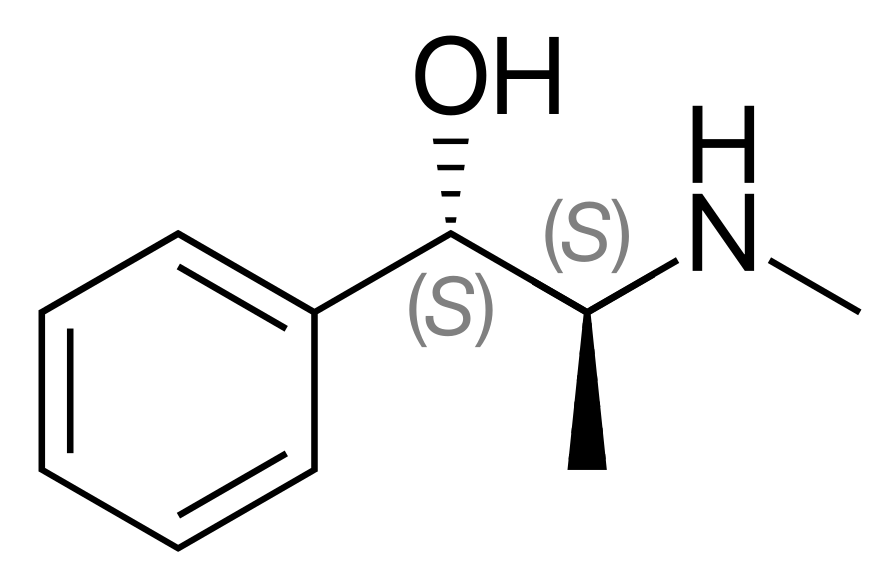
 en.wikipedia.org
en.wikipedia.org
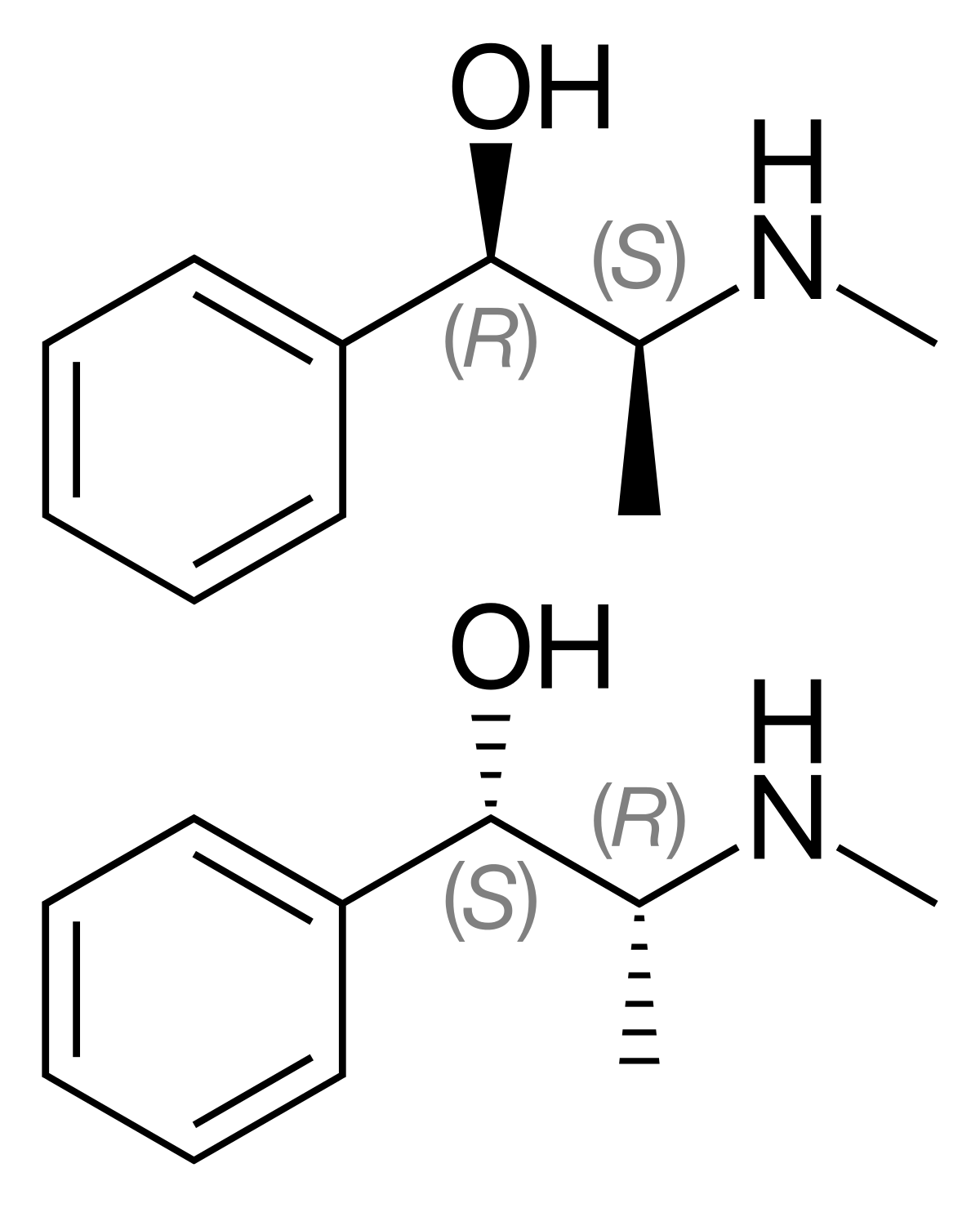
 en.wikipedia.org
en.wikipedia.org

 en.wikipedia.org
en.wikipedia.org

 en.wikipedia.org
en.wikipedia.org
 en.wikipedia.org
en.wikipedia.org

 en.wikipedia.org
en.wikipedia.org
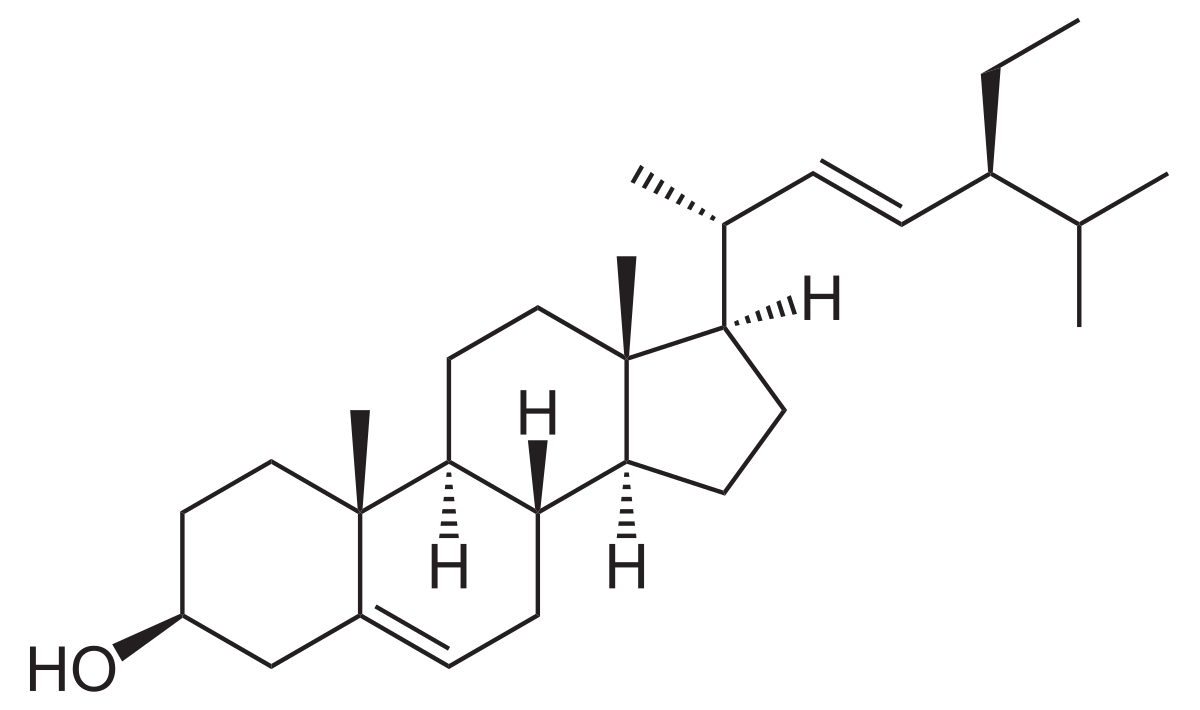
 en.wikipedia.org
en.wikipedia.org
 en.wikipedia.org
en.wikipedia.org
 en.wikipedia.org
en.wikipedia.org

 en.wikipedia.org
en.wikipedia.org

Sida cordifolia - Wikipedia
has an anti-inflammatory and antipyretic effect, but in excessive doses it can cause hallucinations and miscarriages.
the following molecules have been found in different parts of the plant:

Phenethylamine - Wikipedia

Pseudoephedrine - Wikipedia

Ephedrine - Wikipedia

Vasicinone - Wikipedia

Choline - Wikipedia
Betaine - Wikipedia

beta-Sitosterol - Wikipedia

Stigmasterol - Wikipedia
Sterculic acid - Wikipedia
Malvalic acid - Wikipedia

